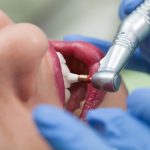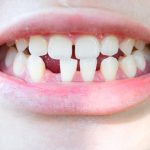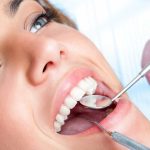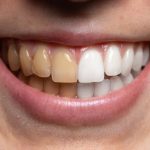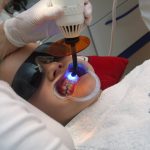When to Eat Pizza After Wisdom Teeth Removal: A Comprehensive Guide

Wisdom teeth removal is a common dental procedure that usually involves the removal of one or more molars located at the back of the mouth. While the procedure itself is relatively straightforward, the recovery process can be challenging, especially when it comes to eating. One of the most common questions people ask after having their wisdom teeth removed is when they can eat pizza. In this comprehensive guide, we will explore all the factors that determine when it is safe to indulge in everyone’s favorite cheesy treat after wisdom teeth removal. Pizza is a beloved food that is enjoyed by millions of people worldwide. Whether it’s a simple Margherita or a loaded meat lover’s pie, pizza is a comfort food that can bring people together. However, after having your wisdom teeth removed, you may have to abstain from pizza for a while. This is because the act of chewing can put pressure on the surgical site, leading to complications such as bleeding or infection. In this guide, we will delve into the intricacies of wisdom teeth removal and provide you with all the information you need to know about when you can safely enjoy pizza again.
Wisdom teeth removal is a common dental procedure that involves the extraction of one or more of the four wisdom teeth, which are the last set of molars located at the back of the mouth. This procedure is usually recommended by dentists when the wisdom teeth become impacted or cause crowding or damage to adjacent teeth. It is typically performed under local or general anesthesia and can involve cutting through the gum tissue and removing the tooth or teeth in sections. Recovery from wisdom teeth removal can take several days and may involve swelling, pain, bleeding, and difficulty eating or speaking. It is important to follow proper aftercare instructions provided by your dentist or oral surgeon to ensure a smooth and successful recovery.
Knowing when to eat pizza after the procedure is crucial for a comfortable and speedy recovery. Pizza is a delicious treat, but consuming it too soon after wisdom teeth removal can lead to complications such as dry sockets, infections, and delayed healing. Therefore, it is important to follow the dentist’s instructions regarding eating and drinking after surgery. Typically, patients are advised to avoid solid foods for the first few days and gradually reintroduce them as the healing process progresses. It is also recommended to avoid hot, spicy, or acidic foods that can irritate the surgical area. By being mindful of when to eat pizza after the procedure, patients can ensure a smooth recovery and enjoy their favorite foods without any complications.
Understanding the Healing Process

Understanding the healing process after wisdom teeth removal is crucial for a quick and successful recovery. The first 24 hours after surgery are critical, and patients should follow the instructions provided by their dentist or oral surgeon carefully. Pain and swelling are normal during this time and can be managed with over-the-counter pain medication, ice packs, and rest. Avoiding hot liquids, smoking, or using a straw is also important during the first few days to prevent dislodging the blood clot that forms in the socket. After a few days, patients can begin to introduce soft foods into their diet, taking care not to chew on the extraction site. Gradually, they can transition to solid foods as the socket heals and the swelling subsides. The healing process can take up to two weeks, but patients should continue to follow their dentist’s instructions to ensure a full recovery. It’s important to keep in mind that everyone’s healing process is different, and some patients may experience complications such as dry socket or infection. Signs of complications include severe pain, bleeding, fever, or difficulty opening the mouth. If any of these symptoms occur, patients should contact their dentist or oral surgeon immediately. In addition to following post-operative instructions, maintaining good oral hygiene is crucial during the healing process. Gently rinsing the mouth with warm saltwater several times a day can help prevent infection and promote healing. Overall, understanding the healing process after wisdom teeth removal is essential for a smooth recovery. By following instructions and taking care of the extraction site, patients can return to their normal routines in no time.
After wisdom teeth removal, the body initiates a natural healing process that involves the formation of a blood clot in the socket where the tooth was extracted. This blood clot acts as a protective shield over the underlying bone and nerve endings, preventing infection and promoting tissue regeneration. Over the next several days, the blood clot will gradually be replaced by granulation tissue, which is a type of connective tissue that helps to fill the void left by the extracted tooth. As the healing process continues, the surrounding tissues will begin to reorganize and remodel themselves, gradually restoring normal function and appearance to the area. This process typically takes several weeks to complete, during which time patients are advised to avoid certain foods and activities that may interfere with the healing process.
The healing process after wisdom teeth removal can vary depending on the individual. In general, it takes about one to two weeks for the initial healing phase to be completed, during which time the gum tissue will begin to close over the extraction site. However, it can take several months for the bone and soft tissues to fully heal. It’s important to follow your dentist or oral surgeon’s instructions carefully to ensure proper healing and minimize the risk of complications. This may include avoiding certain foods, taking prescribed medications, and practicing good oral hygiene. By taking proper care of yourself after wisdom teeth removal, you can help ensure a smooth and speedy recovery.
During the healing process after wisdom teeth removal, there are certain foods that should be avoided to promote a speedy recovery. First and foremost, hard and crunchy foods like popcorn, chips, and nuts should be avoided as they can irritate the surgical site and even dislodge the blood clot that forms to protect the wound. Additionally, acidic foods like citrus fruits and tomatoes can also be problematic as they can cause a burning sensation and delay the healing process. Sugary and sticky foods like candy and chewing gum should also be avoided as they can get stuck in the surgical site and increase the risk of infection. Instead, opt for soft and nutrient-rich foods like yogurt, smoothies, and pureed soups to ensure a smooth and speedy recovery.
Nutritional Benefits of Pizza
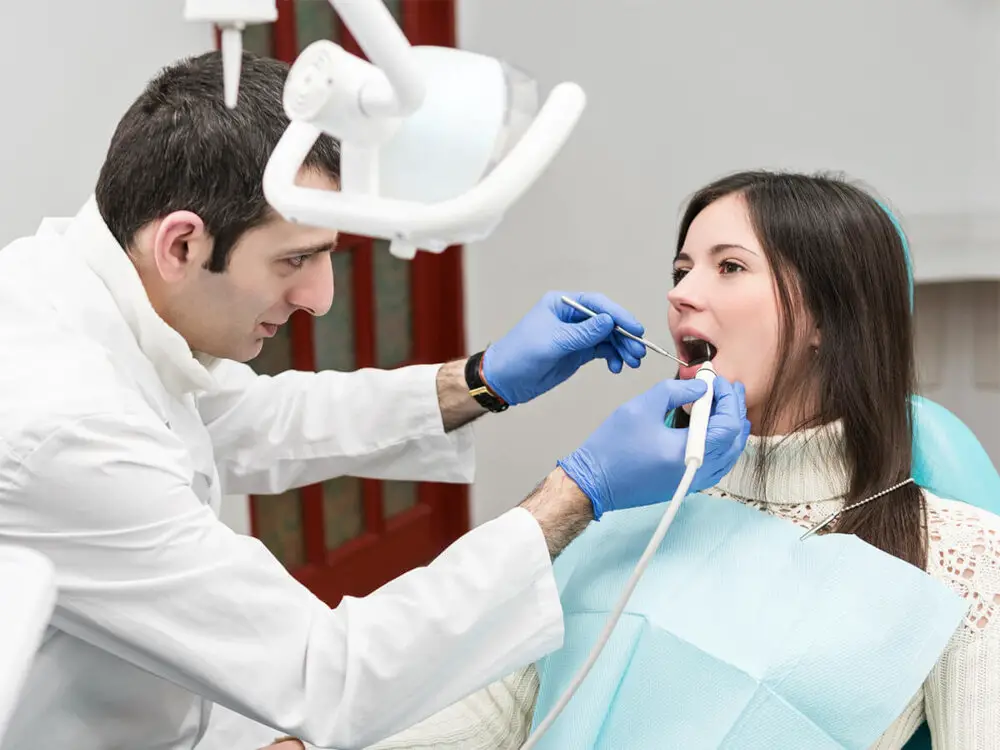
Pizza is a beloved food worldwide, and it can be a surprisingly nutritious meal, especially when made with healthier ingredients. Pizza contains several nutritional benefits that can help you recover after wisdom teeth removal. Firstly, pizza is an excellent source of protein as it contains cheese, which is packed with casein and whey protein. These proteins provide the body with the building blocks it needs to heal and repair tissue after the surgery. Additionally, pizza toppings such as chicken, beef, and vegetables like spinach, peppers, and mushrooms contain protein and other essential minerals, vitamins, and antioxidants that can aid in the healing process. Furthermore, pizza is an excellent source of carbohydrates, which provide the body with the energy required to function optimally. The crust of pizza is a significant source of carbohydrates, and whole-grain crusts can be even better. Whole-grain crusts are high in fiber, which can help you maintain a healthy digestive system, reduce inflammation, and keep you feeling full for longer periods. Additionally, the tomato sauce used in pizza contains lycopene, a potent antioxidant that can reduce inflammation and promote healing. In conclusion, pizza can be a nutritious and tasty meal that can help you recover after wisdom teeth removal when consumed in moderation and with healthier toppings.
Despite its reputation as a junk food, pizza can offer some nutritional benefits. With the right toppings, pizza can be a good source of protein, fiber, vitamins, and minerals. For example, topping your pizza with vegetables like tomatoes, onions, peppers, and spinach can provide a boost of vitamins A and C, fiber, and antioxidants. Adding lean meats like grilled chicken or turkey can bring in protein, while opting for a whole-grain crust can add fiber and nutrients like B vitamins and magnesium. Of course, portion size is key – a few slices of pizza can be a satisfying and nutritious meal, while a whole pie loaded with processed meats and cheese may do more harm than good.
Pizza is an excellent option for those who have undergone wisdom teeth removal. Not only is pizza a delicious and comforting food, but it is also soft and easy to chew, making it an ideal meal for those recovering from oral surgery. Additionally, pizza can be customized to suit individual preferences and dietary restrictions, ensuring that patients can enjoy a tasty and nutritious meal while still adhering to any post-operative guidelines. The soft crust and toppings can be easily mashed with the tongue and swallowed, reducing the risk of irritation or damage to the surgical sites. Overall, pizza is a satisfying and convenient option for patients looking for a tasty and comforting meal after wisdom teeth removal.
When it comes to choosing the right pizza after wisdom teeth removal, it’s essential to keep in mind that you need to avoid anything too hard, sticky, or crunchy. Thus, it’s suggested to opt for a soft and easily chewable pizza crust, such as thin-crust, Neapolitan-style, or focaccia. As for the toppings, it’s best to go for healthy and protein-rich options, such as chicken, spinach, mushrooms, and grilled vegetables. Additionally, you can add some healthy fats and omega-3s by including toppings like avocado, olives, and salmon. Remember to avoid sugary or acidic sauces and opt for a light tomato sauce or olive oil-based sauce instead. Finally, it’s essential to take small bites and chew slowly to avoid any discomfort or irritation in the surgical area.
When to Eat Pizza After Wisdom Teeth Removal
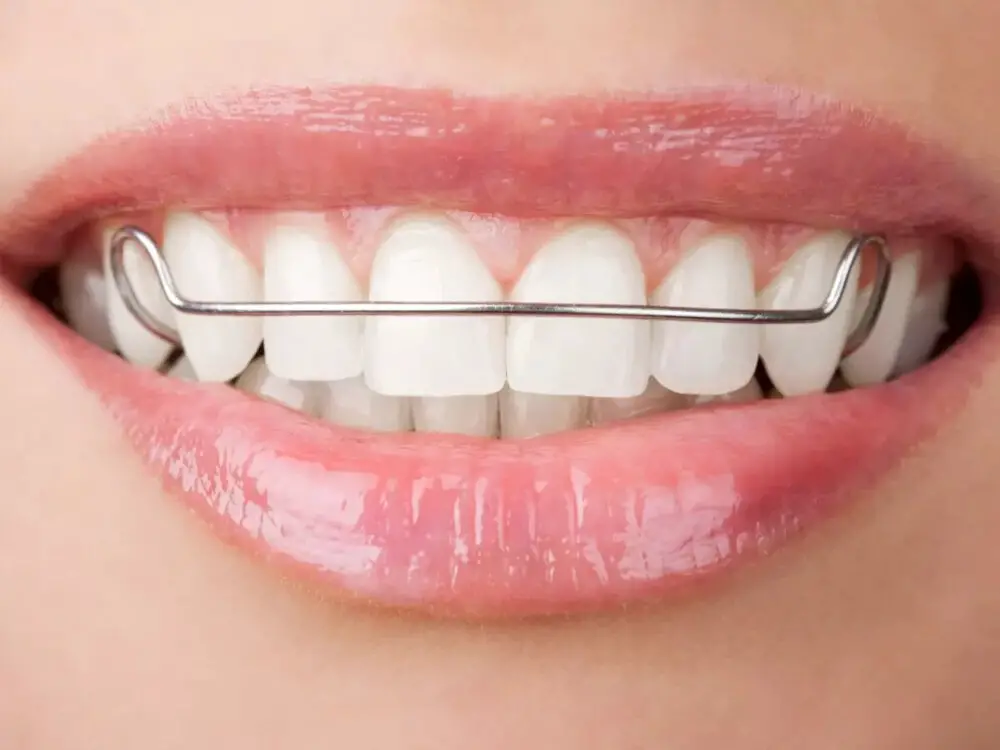
After having your wisdom teeth removed, it is essential to follow the proper post-operative care instructions to ensure a speedy and comfortable recovery. One of the most common questions that arise after wisdom teeth extraction is regarding when it is safe to eat pizza again. The answer to this question depends on various factors, such as the extent of the surgery and how well you are healing. Generally speaking, it is recommended to avoid hard, chewy, or spicy foods for at least one week after surgery to avoid damaging the healing tissue and causing discomfort. When it comes to pizza, it is best to wait until after the first week of recovery to indulge in this delicious treat. Even then, it is crucial to start with small bites and avoid the crust, which can be crunchy and difficult to chew. Opt for soft toppings such as cheese or vegetables, and avoid any toppings that may cause irritation or discomfort, such as spicy sausage or acidic tomato sauce. It is also essential to avoid using a straw when drinking any liquids, including soda or juice, as the suction can dislodge the blood clot and delay the healing process. By following these guidelines, you can enjoy your favorite pizza without compromising your recovery from wisdom teeth removal.
After undergoing a wisdom teeth removal procedure, it is essential to follow your dentist’s instructions for proper healing and recovery. One of the crucial factors to consider is your diet, particularly foods that require chewing, such as pizza. While it may be tempting to indulge in your favorite cheesy slice, it’s best to wait at least 24-48 hours before attempting to eat pizza. This allows your mouth to heal and reduces the risk of complications such as dry socket, which can be painful and prolong your recovery time. Once you do decide to eat pizza, start with small bites and take your time chewing to avoid any discomfort or irritation in the affected area. Remember to avoid using straws or smoking, as the suction could dislodge the blood clot that forms over the surgical site and delay your healing progress.
Before indulging in a delicious slice of pizza after wisdom teeth removal, there are several important factors to consider. Firstly, it’s crucial to avoid any hot or spicy toppings that may irritate the healing sockets. Secondly, be mindful of the crust texture – a thin crust is preferable as it’s easier to chew and won’t get stuck in the sockets. Additionally, opt for a simple topping such as cheese or vegetables, as opposed to meat or hard toppings that require more effort to chew. Finally, ensure that you have fully recovered from the procedure and are not experiencing any pain or swelling before consuming pizza. By taking these precautions, you can enjoy your favorite food without compromising your healing process.
After undergoing a wisdom teeth removal procedure, it’s essential to pay attention to your body and its needs. The first sign of readiness to eat pizza is the absence of pain or discomfort in your mouth. If you can open your mouth wide enough to comfortably fit a slice of pizza into it, you’re off to a good start. It’s also important to check for any signs of bleeding or swelling, which should have subsided significantly by this point. If you’re feeling hungry and have a craving for pizza, it’s a good indication that your body is ready to handle solid foods. However, it’s always best to start with small bites and chew slowly to avoid any discomfort or potential damage to the surgical site.
Tips for Eating Pizza After Wisdom Teeth Removal
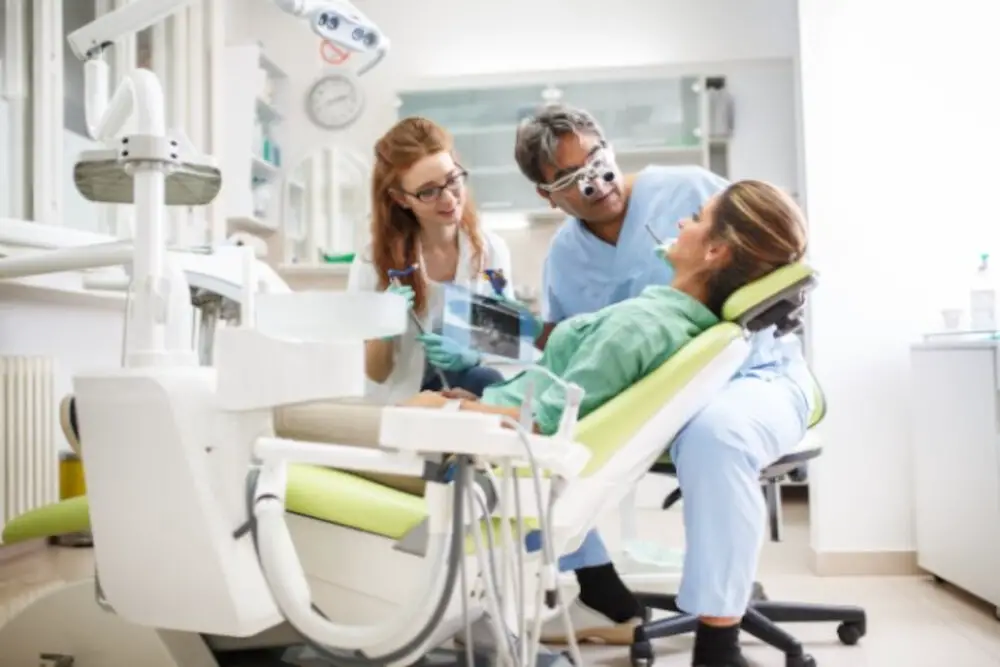
After getting your wisdom teeth removed, the last thing you probably want to think about is pizza. However, if you’re a pizza lover, you may be wondering when you can safely enjoy your favorite food again. The good news is, you can still eat pizza after wisdom teeth removal, but you need to be careful and follow some tips to avoid any complications. Firstly, you should wait at least 2-3 days after the surgery before attempting to eat any solid foods, including pizza. During this time, stick to a soft food diet such as soup, smoothies, and mashed potatoes to avoid any irritation or damage to the surgical site. Once you’re ready to eat solid foods again, it’s important to choose the right type of pizza. Avoid pizzas with hard crusts or toppings that require a lot of chewing, such as pepperoni or sausage. Instead, opt for a pizza with a soft crust and toppings such as cheese, vegetables, and chicken. Cut the pizza into small, bite-sized pieces and chew slowly and carefully to avoid any discomfort or damage to the surgical site. Additionally, avoid using a straw to drink any beverages as the sucking motion can dislodge the blood clot and delay the healing process. By following these tips, you can safely enjoy your favorite food without any complications or setbacks in your recovery.
After undergoing a wisdom teeth removal procedure, you may crave for your favorite pizza. However, it is essential to take precautions to avoid any complications. Firstly, wait for at least 24-48 hours after the surgery before consuming any solid food. Secondly, opt for soft crust and toppings like cheese, vegetables, and meats that do not require much chewing. Avoid toppings like nuts, seeds, and crunchy vegetables that can dislodge the blood clot and delay healing. Thirdly, avoid hot pizza, as it can increase swelling, pain, and bleeding. Instead, opt for lukewarm or cold pizza. Lastly, make sure to rinse your mouth with saltwater after eating to prevent infection and promote healing. Adhering to these tips can aid the healing process and satisfy your pizza cravings without any complications.
After wisdom teeth removal, eating anything can be a challenge, let alone a slice of pizza. However, with a few modifications, you can still enjoy your favorite food without hurting your mouth. Firstly, consider ordering a thin-crust pizza with a soft and chewy texture, as it requires less effort to eat. Secondly, go easy on the toppings, avoiding anything too hard or crunchy. Opt for softer toppings like mushrooms, olives, or cooked vegetables. Additionally, you can cut the pizza into smaller pieces or bite-sized squares to make it easier to handle and chew. Lastly, avoid hot and spicy sauces as they can irritate the mouth. With these simple modifications, you can still enjoy your beloved pizza while recovering from wisdom teeth removal.
If you experience discomfort while eating pizza after wisdom teeth removal, it is important to take immediate action to alleviate the pain. One of the first things you can do is to avoid chewing on the affected side of your mouth and take small bites. You can also try cutting the pizza into small pieces to make it easier to chew. Additionally, you may want to rinse your mouth with warm saltwater or use an ice pack to help reduce any swelling. If the discomfort persists, it is important to consult with your dentist or oral surgeon to determine if there are any underlying issues that need to be addressed.
It is crucial to understand the right time to indulge in a slice of pizza after wisdom teeth removal. The extraction process involves removing teeth that have impacted, which can cause pain, swelling, and discomfort. Eating hard and chewy foods like pizza can aggravate the surgical area, leading to severe pain and even infection. Therefore, it is essential to wait at least 24 hours before eating pizza and other solid foods. Additionally, it is advisable to avoid spicy and acidic foods that can irritate the healing area. Instead, opt for soft and cold foods like smoothies, yogurt, and ice cream. Following these guidelines will promote faster healing and prevent complications, allowing you to enjoy your favorite pizza once you are fully recovered.
While recovering from wisdom teeth removal, enjoying pizza may seem like a daunting task. However, there are a few things you can do to make the process more enjoyable. First and foremost, make sure to wait at least a few days before attempting to eat solid foods. Soft, easy-to-chew toppings like cheese and vegetables can be a great way to reintroduce pizza into your diet without overexerting your teeth. Additionally, consider cutting the pizza into small, bite-sized pieces to make it easier to eat. Remember to take your time and chew slowly, and avoid any toppings that may irritate your healing gums. With a little patience and careful planning, you can still enjoy a slice of your favorite pizza during your recovery period.
Conclusion
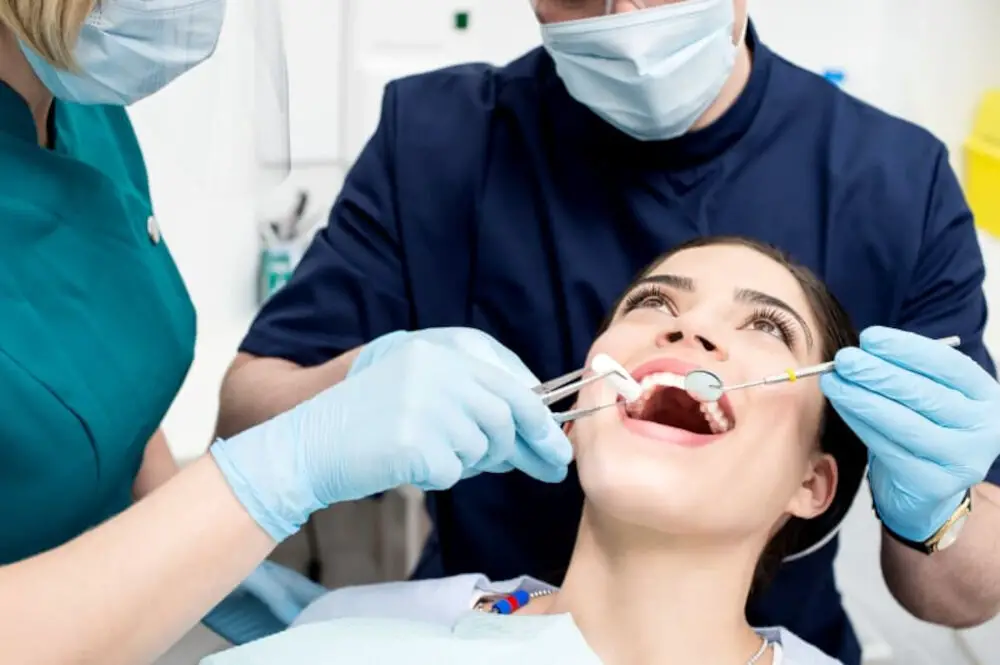
In conclusion, knowing when to eat pizza after wisdom teeth removal can make a significant difference in your recovery process. It is crucial to follow your dentist’s instructions carefully and avoid any hard or crunchy foods that could irritate your mouth. While pizza may be a tempting treat, it is best to wait a few days after the procedure and start with soft, easy-to-chew foods. As your mouth heals, you can slowly reintroduce more solid foods, including pizza, but be sure to avoid any crusty or crunchy toppings that could damage your stitches. By taking the time to care for your mouth properly and following these guidelines, you can ensure a smooth and speedy recovery and enjoy your favorite foods once again.
